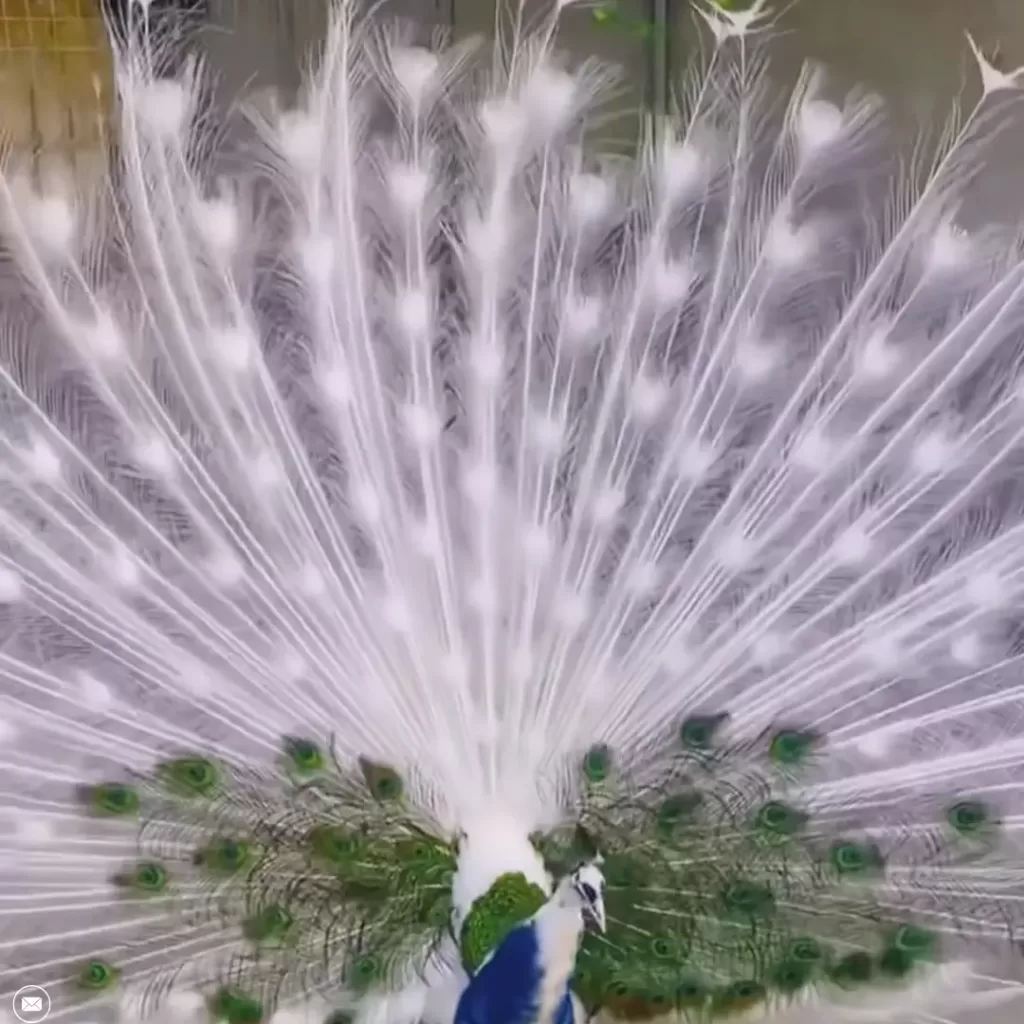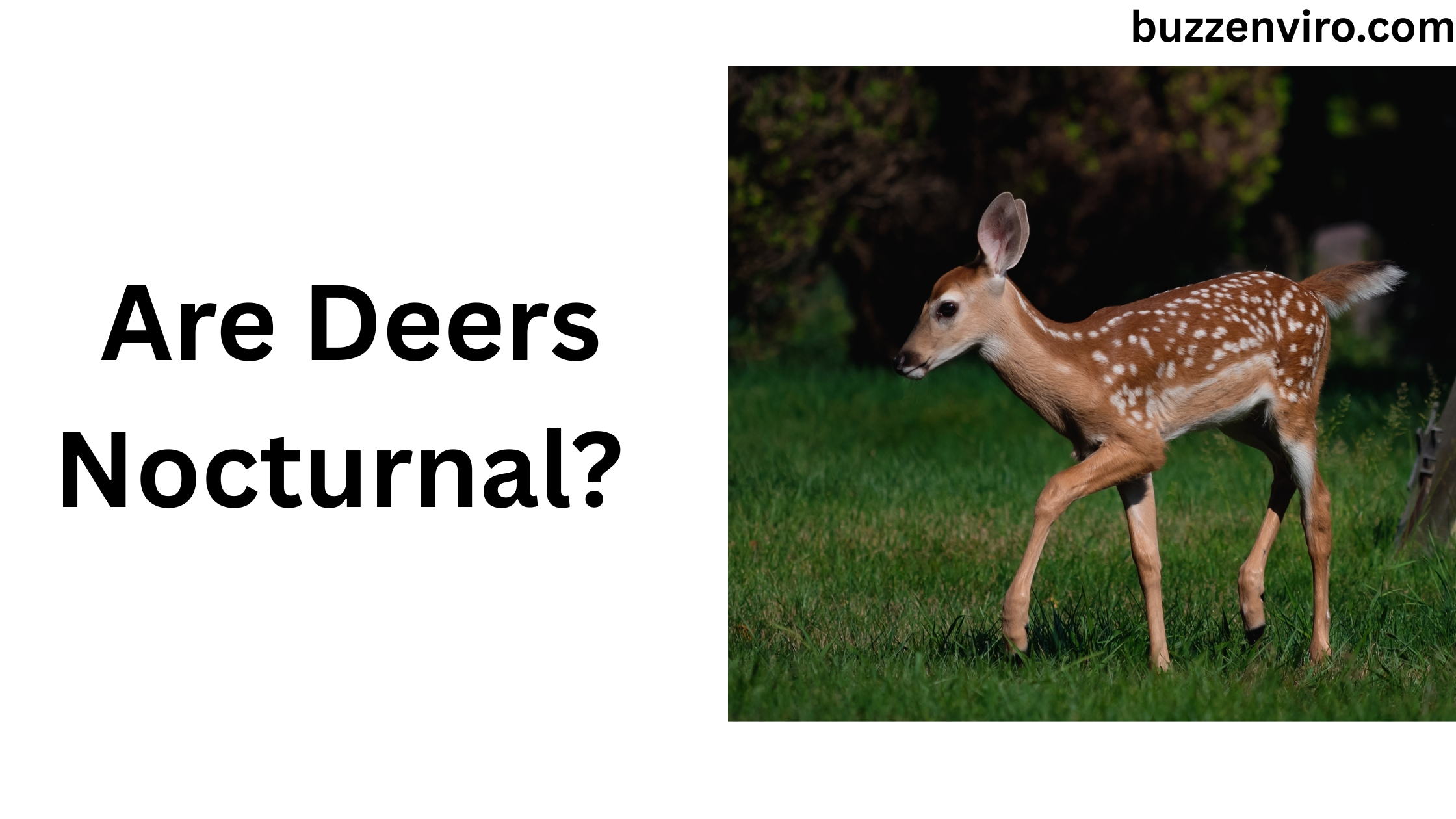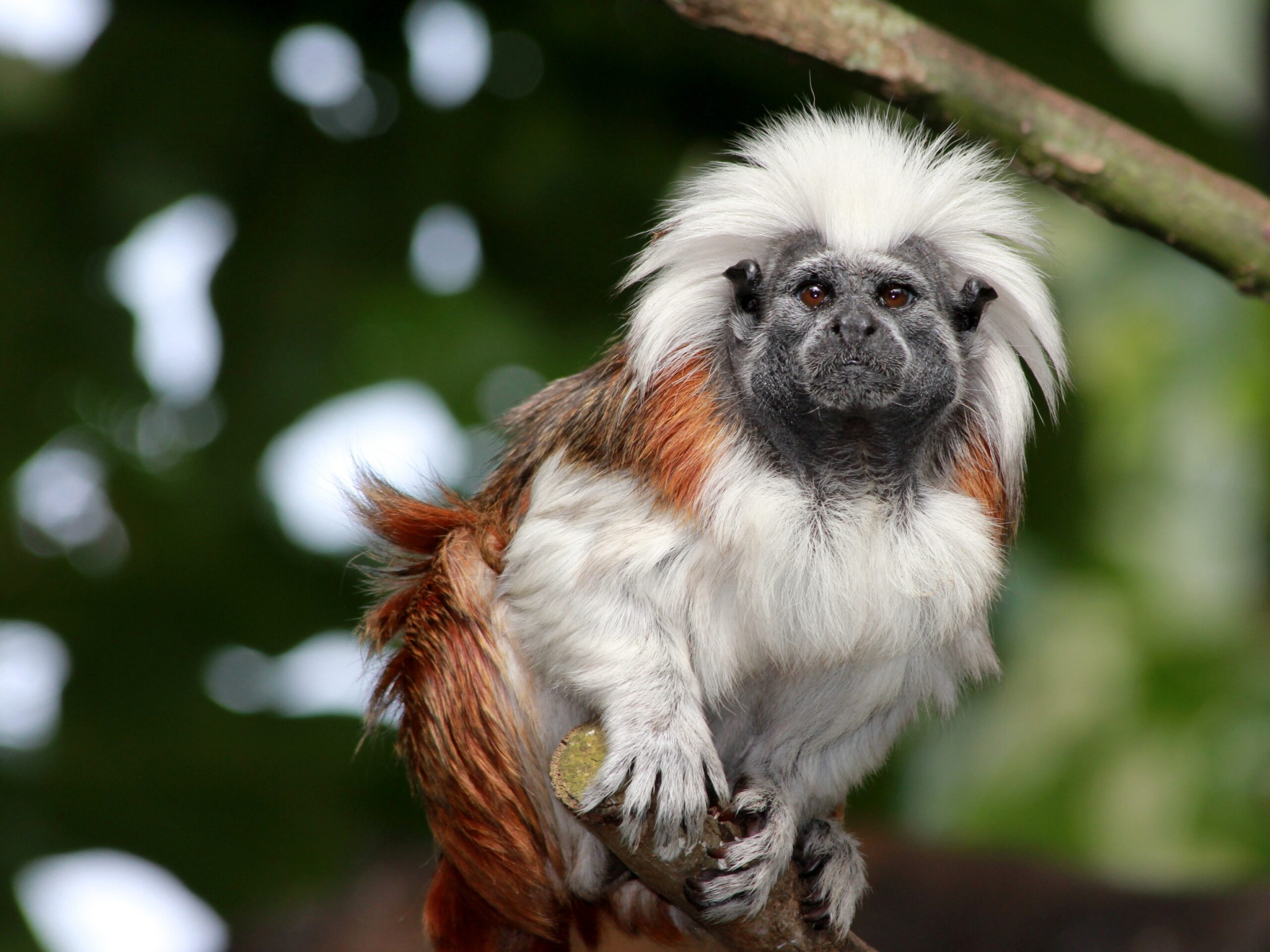Peacocks are among the most visually stunning birds in the animal kingdom, renowned for their vibrant and colorful plumage, particularly the magnificent “train” of iridescent tail feathers displayed by the male. Known scientifically as Pavo cristatus, the peacock is the national bird of India and symbolizes beauty, grace, and pride across many cultures. With feathers that shimmer in shades of blue, green, and gold, peacocks perform elaborate displays to attract mates, using their fan of feathers to showcase their strength and vitality. In this blog we will learn about a rare peacock and beautiful which is known as White Peacock.
White Peacock
The white colour peacock, while part of the same species, stands out due to its unique, all-white appearance. Unlike the more common blue and green variety, the white peacock has pure white feathers, a result of a genetic mutation known as leucism. Unlike albinism, leucism doesn’t affect the peacock’s eye color, which remains dark, adding to the mystery of its strikingly pure look. This rare mutation doesn’t change the bird’s behavior or lifespan, but it does make the white peacock exceptionally rare and revered as a symbol of purity and divinity in various cultures.
Fascinating White Peacocks Facts
1. They Have a Genetic Mutation
White peafowl are frequently referred to as albino Peacock, yet albinism is a distinct disorder that leads to red eyes and very light-colored skin. The occurrence of albinism in peafowl is exceptionally rare and has received little attention from researchers. A study from 1965 on albinism in different bird species discovered that a total of 99 birds from eight types of quail, pheasants, and peafowl have been documented.
The majority of white peacocks have eyes of typical color and skin that is colored due to pigmentation. Their plumage is white because of a genetic alteration called leucism, which prevents the production of melanin in their feathers. This condition also impacts buffalo, horses, giraffes, deer, axolotls, and various other avian species.
2. Indian Species
There are three known species of peafowl, and leucism is known to occur in only one of them, the Indian (Pavo cristatus) species. The Indian peafowl is the most common and recognizable of the three. Male Indian peacocks are known for their characteristic bright blue and green fanning feathers, which are a hallmark of peafowl. Female peafowl, on the other hand, are less flamboyant but still maintain an emerald-green neck.
It is commonly believed that leucism primarily affects Indian peafowl, as this species is the most frequently kept in captivity, and white peafowl are often selectively bred to exhibit this trait.
3. Born Yellow and then convert to White Peacock

White peafowl are not as white as they appear from birth. In fact, they are born with a yellow hue that gradually fades to white as they mature. These young birds, known as peaficks, typically hatch in groups of three to six. When they are not leucistic, their coloring resembles that of a game bird, with a light brown hue. It’s easy to mistake a peachick for a young pheasant. Leucistic peafowl start to develop their white plumage around the time peacocks begin to display their colors, typically after one to three years.
4. Partially White Peacock
Unlike albino animals, which are entirely white, leucistic animals exhibit patches of white on just portions of their bodies. This abnormal coloration can manifest in various ways, ranging from a few feathers on a bird’s body to half of its total body being white.
5. LifeSpan and Habitat
White peacocks have a lifespan of about 15 to 20 years in the wild, though they can live longer in captivity under proper care. They thrive in warm climates, primarily in South Asia, and are often found in parks and gardens around the world due to their captivating appearance.
6. They Often kept in Captivity
White peafowl are incredibly uncommon in their natural habitats; in reality, it’s a common belief among those who study peafowl that they don’t exist in the wild, though there’s no proof to back up this idea. Nowadays, they’re found more frequently in zoos and other captive settings because they’re specifically bred for their distinctive white color. White leucistic peacocks are typically bought by collectors for prices ranging from $175 to $250.
Should white peafowl be found in the wild, their appearance would sharply stand out against their environment, posing a challenge to their survival.
7. Strong Family Bonds
Peafowl are social birds that often live in groups. White peacocks form strong bonds with their family members and are protective of their young, which they raise together in groups to enhance survival rates in the wild.
Are White Peacock Rare?
Yes, white peacocks are rare. They are not a separate species but a leucistic variant of the Indian blue peacock. Their striking white appearance results from a genetic condition called leucism, which reduces pigmentation in their feathers while their eyes remain normal-colored. White peacocks are often seen in captivity and are highly valued for their unique beauty.
How Many White Peacocks are in World?
The exact number of white peacocks worldwide is unknown, but they are rare, especially in the wild. Leucism, a genetic condition, causes their white feathers. White peacocks are more common in captivity due to selective breeding.
Are White peacock Female?
No, white peacocks are not exclusively female. Both male and female peafowl can be white due to leucism, a genetic condition that reduces pigmentation.
Where White Peacocks are found?
White peacocks are primarily found in captivity, such as in zoos, bird sanctuaries, and private collections, where they are bred selectively. In the wild, they are extremely rare and are a leucistic variant of the Indian peafowl, which is native to the Indian subcontinent.






